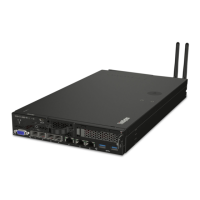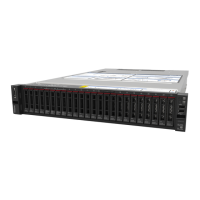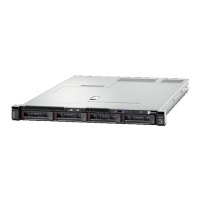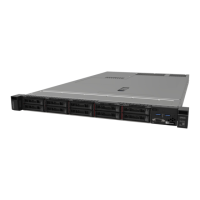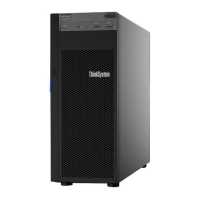Console Redirection Disabled/Enabled Console Redirection Enable or Disable.
Console Redirection Settings The settings specify how the host computer and
the remote computer (which the user is using) will
exchange data. Both computers should have the
Console Redirection
One Blank Line
Terminal
Type
VT100/VT1
00+/VT-
UTF8/ANSI
Emulation: ANSI: Extended ASCII char set. VT100:
ASCII char set. VT100+: Extends VT100 to support
color, function keys, etc. VT-UTF8: Uses UTF8
encoding to map Unicode chars onto 1 or more
Bits per
second
9600/1920
0/38400/57
600/11520
Selects serial port transmission speed. The speed
must be matched on the other side. Long or noisy
lines may require lower speeds.
Parity None/Even/
Odd/Mark/
Space
A parity bit can be sent with the data bits to detect
some transmission errors. Even: parity bit is 0 if the
num of 1's in the data bits is even. Odd: parity bit is
0 if num of 1's in the data bits is odd. Mark: parity
bit is always 1. Space: Parity bit is always 0. Mark
and Space Parity do not allow for error detection.
They can be used as an additional data bit.
Stop Bits 1/2 Stop bits indicate the end of a serial data packet. (A
start bit indicates the beginning). The standard
setting is 1 stop bit. Communication with slow
devices may require more than 1 stop bit.
Flow
Control
None/
Hardware
RTS/CTS
Flow control can prevent data loss from buffer
overflow. When sending data, if the receiving
buffers are full, a 'stop' signal can be sent to stop
the data flow. Once the buffers are empty, a 'start'
signal can be sent to re-start the flow. Hardware
flow control uses two wires to send start/stop
signals.
VT-UTF8
Combo Key
Disabled/En
abled
Enable VT-UTF8 Combination Key Support for
ANSI/VT100 terminals
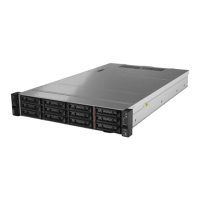
